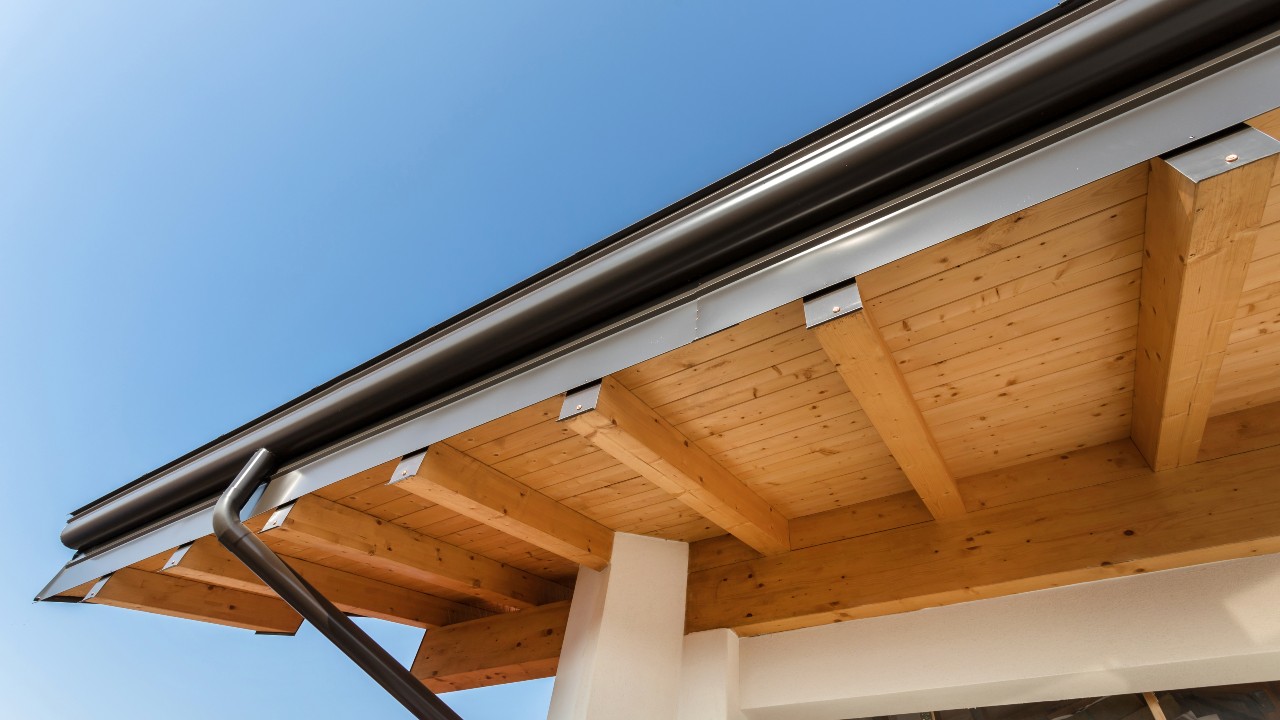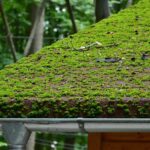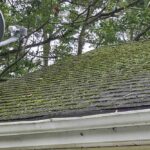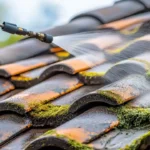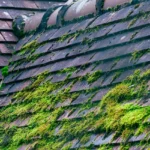When it comes to maintaining your home, one crucial aspect that often gets overlooked is DIY roof drainage maintenance. Ensuring that your roof drainage system is functioning properly is vital for preventing water damage and maintaining the structural integrity of your home. In this comprehensive guide, we will explore everything you need to know about maintaining your roof drainage system effectively.

Understanding Roof Drainage Systems
A roof drainage system is designed to channel water away from your roof and foundation, preventing potential damage. There are several types of drainage systems, including gutters, downspouts, and drains. Each plays a significant role in managing water flow and ensuring your home remains safe and dry.
Why DIY Roof Drainage Maintenance is Important
Regular maintenance of your roof drainage system is essential for several reasons. Firstly, it helps prevent water damage to your home’s structure. Secondly, it reduces the risk of mold growth, which can be hazardous to your health. Lastly, it prolongs the lifespan of your roof, saving you money on costly repairs in the long run.
Common Roof Drainage Issues
Before diving into DIY roof drainage maintenance, it’s crucial to identify common issues that may arise. These include clogged gutters, damaged downspouts, and improper slope of the roof. Addressing these issues promptly can prevent further damage and ensure your drainage system functions optimally. Learn more about common roof drainage issues here.
Tools and Materials Needed for DIY Maintenance
To effectively maintain your roof drainage system, you’ll need a few essential tools and materials. These include a sturdy ladder, gloves, a garden hose, a trowel, and a gutter cleaning tool. Having these items on hand will make the maintenance process much more efficient.
Step-by-Step DIY Roof Drainage Maintenance
Step 1: Safety First
Before you begin any maintenance tasks, ensure your safety. Use a sturdy ladder and have someone nearby to assist if necessary. Wear gloves to protect your hands from debris and sharp objects.
Step 2: Clean the Gutters
The first step in DIY roof drainage maintenance is to clean the gutters. Use a trowel to remove leaves, twigs, and other debris that may have accumulated. Once cleared, use a garden hose to flush out any remaining dirt and ensure the water flows freely.
Step 3: Inspect Downspouts
Next, inspect the downspouts for any signs of damage or blockages. Use the garden hose to check if water flows freely through the downspouts. If you notice any blockages, use a plumber’s snake or a similar tool to clear them.
Step 4: Check the Roof Slope
Ensure that your roof has the correct slope to allow water to drain properly. If you notice any pooling of water, it may be necessary to adjust the slope or consult a professional for assistance. For more tips on roof drainage, visit this link.
Preventative Measures for Roof Drainage Maintenance
Regular Inspections
Perform regular inspections of your roof drainage system, especially after heavy rain or storms. Look for any signs of damage or blockages and address them promptly.
Install Gutter Guards
Consider installing gutter guards to prevent debris from accumulating in your gutters. Gutter guards can significantly reduce the frequency of cleaning and help keep your drainage system functioning efficiently.
Trim Overhanging Branches
Trim any overhanging branches near your roof to prevent leaves and debris from falling into your gutters. This simple step can go a long way in maintaining a clear and efficient drainage system.
When to Seek Professional Help
While DIY roof drainage maintenance can be effective, there are instances where professional help may be necessary. If you encounter significant damage or are unsure about certain aspects of the maintenance process, it’s best to consult a professional roofer. They can provide expert advice and ensure your drainage system is in top condition. For more information on choosing a roof drainage system, click here.
Benefits of a Well-Maintained Roof Drainage System
A well-maintained roof drainage system offers several benefits. It protects your home from water damage, reduces the risk of mold growth, and prolongs the lifespan of your roof. Additionally, it enhances the overall curb appeal of your home, making it more attractive to potential buyers.
Conclusion
In conclusion, DIY roof drainage maintenance is a crucial aspect of homeownership that should not be overlooked. By following the steps outlined in this guide, you can ensure your roof drainage system functions optimally and protects your home from potential damage. Remember, regular maintenance and preventative measures are key to keeping your roof drainage system in top condition.

FAQs
What are the signs of a clogged gutter?
Signs of a clogged gutter include water overflow, sagging gutters, and the presence of debris in the gutters.
How often should I clean my roof drainage system?
It’s recommended to clean your roof drainage system at least twice a year, preferably in the spring and fall.
Can I perform roof drainage maintenance myself?
Yes, with the right tools and knowledge, you can perform roof drainage maintenance yourself. However, if you’re unsure or encounter significant issues, it’s best to consult a professional.
For additional resources on roof drainage systems, consider visiting this site for more expert insights.
This article contains affiliate links. We may earn a commission at no extra cost to you.



